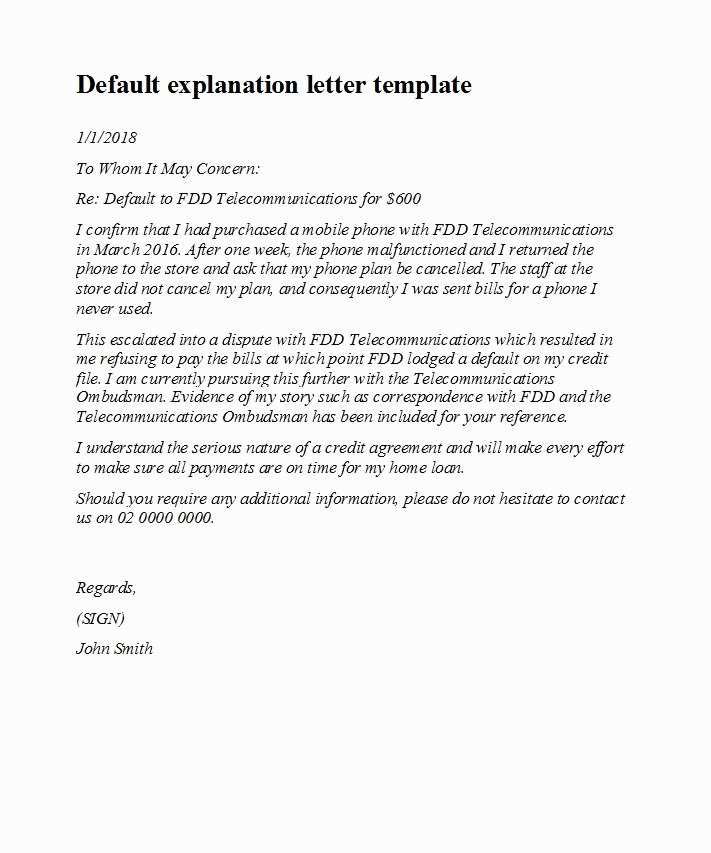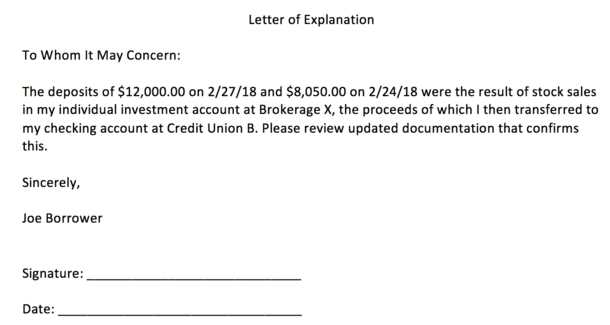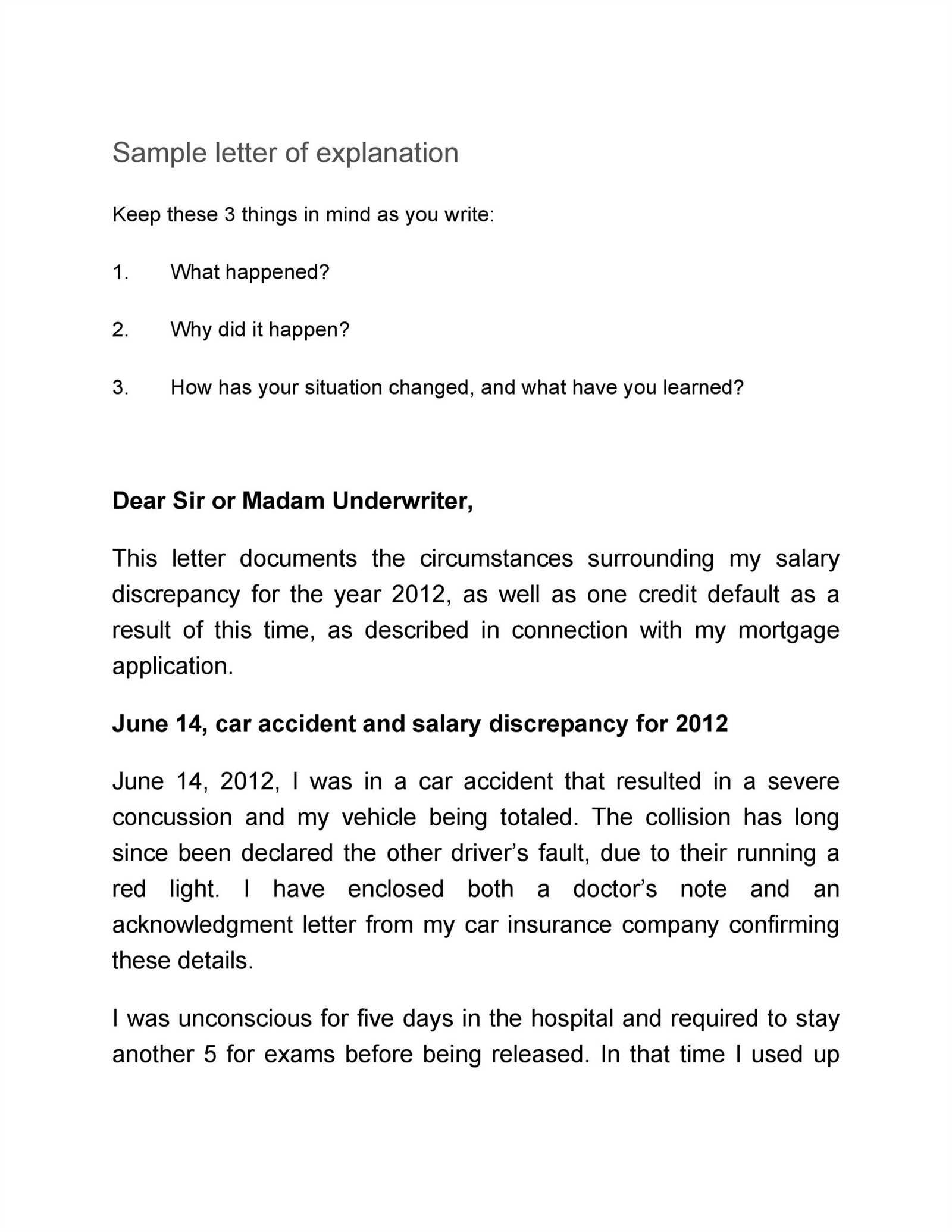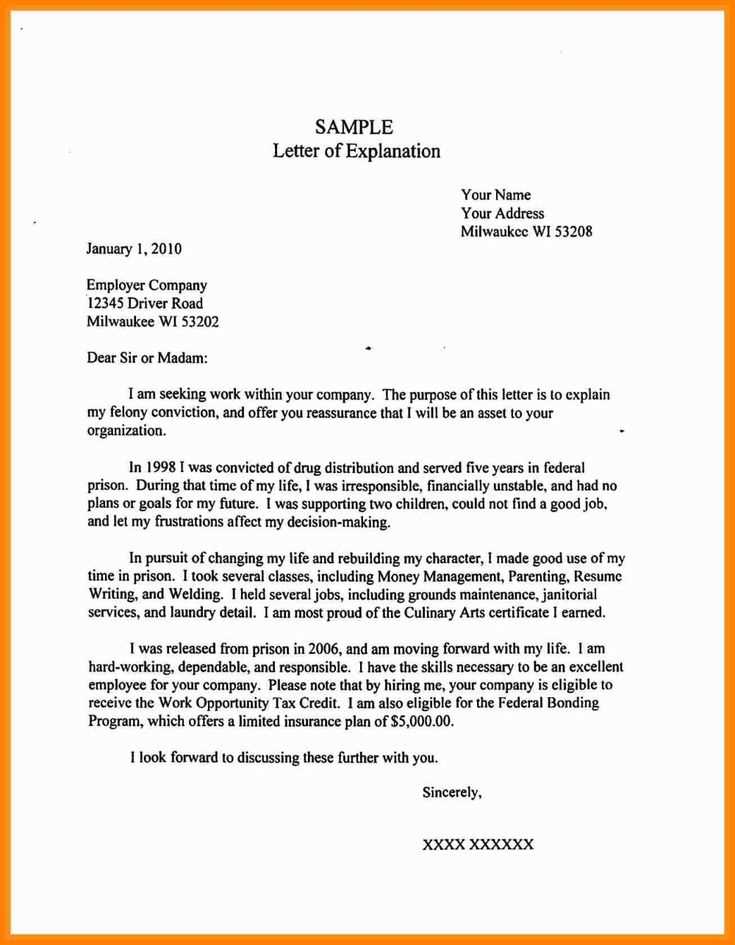Letter of Explanation for Address Discrepancy Template

Sometimes, records may contain conflicting information about your location. Whether it’s in a financial context or an application process, this inconsistency can cause confusion and delay. To clear up these situations effectively, a formal communication can be helpful to explain and rectify the matter.
The key to resolving such issues is to present a clear and concise message. It’s important to keep the tone professional and to the point, ensuring that the person reviewing your information understands the nature of the problem and how it should be corrected. Providing the right details, in a proper format, can significantly speed up the process of clearing up any misunderstandings.
In this guide, we will walk you through the necessary steps to prepare an efficient document that addresses such conflicts. By following this approach, you will be able to avoid common mistakes and make your case more persuasive, helping to resolve issues quickly and effectively.
Understanding the Importance of Clear Communication
When there are mismatches in personal details recorded across different systems, it is essential to provide a formal document to clarify the situation. Such clarifications are vital in order to avoid misunderstandings, especially when dealing with financial institutions or official processes. Providing a concise and well-structured explanation ensures that your records are updated accurately and promptly.
This type of communication typically outlines the reasons behind the inconsistency and provides supporting information to confirm the correct details. It serves as an effective tool for resolving issues and maintaining smooth interactions with relevant organizations.
Below is a simple structure that should be followed when drafting this kind of document:
| Section | Description |
|---|---|
| Introduction | Begin by briefly stating the reason for the clarification and the purpose of the communication. |
| Details of the Issue | Clearly explain the conflict or inconsistency, providing context to the situation. |
| Supporting Information | Include relevant documentation, such as identification or proof of residency, to back up your claims. |
| Closing | Conclude by thanking the recipient and providing contact details for further clarification. |
By following this approach, the recipient will have all necessary information to make corrections, leading to a faster resolution of the issue.
Why Accuracy is Crucial
Correct information is essential in all official transactions, from credit applications to legal matters. Small errors in personal data can lead to serious consequences, making it imperative to ensure all details are accurate and consistent across records.
Inaccurate information can delay processes, cause misunderstandings, and even result in the rejection of applications. This is especially important in situations where identity verification or financial history is involved.
- Preventing delays in processing applications or requests
- Avoiding potential legal issues or financial penalties
- Ensuring smooth communication with service providers or institutions
- Building trust and credibility with companies handling your data
Maintaining precision is not only beneficial to you but also ensures that all involved parties can proceed with clarity and confidence, minimizing errors and speeding up resolution times.
Structure and Clarity

When addressing inconsistencies, it’s important to present the information in a clear, professional, and concise manner. A well-organized document not only helps convey your message more effectively but also ensures that the recipient understands the issue and the steps needed to correct it. Avoid unnecessary details that may confuse or distract from the main point.
Tone and Presentation
The tone of your communication should remain polite and respectful, even when explaining a mistake or misunderstanding. A formal approach demonstrates seriousness and professionalism, reinforcing your credibility. Carefully proofread your message to avoid any grammatical errors or awkward phrasing, which could undermine the clarity of your explanation.
By focusing on clear structure and appropriate tone, you increase the chances of resolving the issue promptly and efficiently. A professional document will ensure that your intentions are understood and that any inconsistencies are addressed with confidence.
Key Elements of the Document

To ensure your communication is effective, it must include several key components. These elements help clarify the issue, provide context, and support the correction process. A well-structured document increases the chances of resolving the situation promptly and efficiently.
First, start with a clear introduction that briefly states the purpose of the communication. This should set the stage for the recipient to understand the issue at hand. Following this, a detailed explanation of the situation, with relevant facts and dates, helps the recipient understand the nature of the problem.
Additionally, supporting documents or references are crucial to validate your claims. These can include official records, identification, or other proof that demonstrates the accuracy of the information you are providing. Finally, conclude with a polite closing statement, offering to provide any further clarification if necessary.
Clarity and Precision
One of the most common mistakes is a lack of clarity. When explaining the situation, it’s essential to be direct and avoid unnecessary complexity. Overcomplicating the message can confuse the reader and hinder the resolution process. Stick to the facts and ensure every point is easy to understand.
Providing Unnecessary Details

Another common issue is the inclusion of irrelevant information. While it’s important to provide context, excessive details may distract from the core issue. Focus only on the key points that directly impact the misunderstanding or error, and avoid introducing unrelated matters that may cloud the main subject.
To avoid these pitfalls, ensure your document is concise, focused, and free from ambiguity. A streamlined approach will help the recipient address the issue quickly and accurately.
Maintaining a Clear and Concise Tone
When communicating about an issue, it’s vital to maintain a tone that is both straightforward and professional. A clear and concise approach ensures that the recipient can easily grasp the core message without being distracted by unnecessary elaborations.
Avoid overly complex language or long-winded explanations that may confuse the reader. Instead, focus on delivering the essential details in a manner that is easy to follow. This not only increases the effectiveness of your communication but also demonstrates respect for the reader’s time.
By keeping the tone sharp and to the point, you ensure that your message is understood and the process moves forward smoothly. Being clear and concise helps foster a productive and efficient dialogue.
Timing plays a critical role in addressing issues that may arise. It’s essential to submit your clarification as soon as the inconsistency is identified to avoid any further complications. Delaying the submission could lead to misunderstandings or additional administrative hurdles.
Additionally, be mindful of deadlines associated with the specific process or organization. Submitting the clarification before a set date can prevent penalties or delays in processing your request. On the other hand, waiting too long may impact the outcome or prolong the resolution.
By acting promptly and within the required timeframe, you ensure that your submission is received and processed efficiently, minimizing any potential issues that may arise later in the process.
Important Timing Considerations
Understanding the significance of timing when resolving issues is essential for effective communication. Submitting a response or correction within the right timeframe can significantly impact the outcome and ensure the process moves forward smoothly.
- Early Submission: It’s important to address the issue as soon as possible to prevent further complications. Submitting early demonstrates proactive behavior and a willingness to resolve the matter quickly.
- Know the Deadlines: Be sure to be aware of any deadlines associated with the process. Missing a deadline could delay the resolution or cause your request to be overlooked.
- Timely Follow-ups: After submitting your document, ensure to follow up within the appropriate time frame to ensure that everything is in order.
Being conscious of these timing factors allows for smoother interactions and prevents unnecessary delays that could disrupt the resolution process. Planning your actions carefully will keep the situation on track and lead to a favorable outcome.